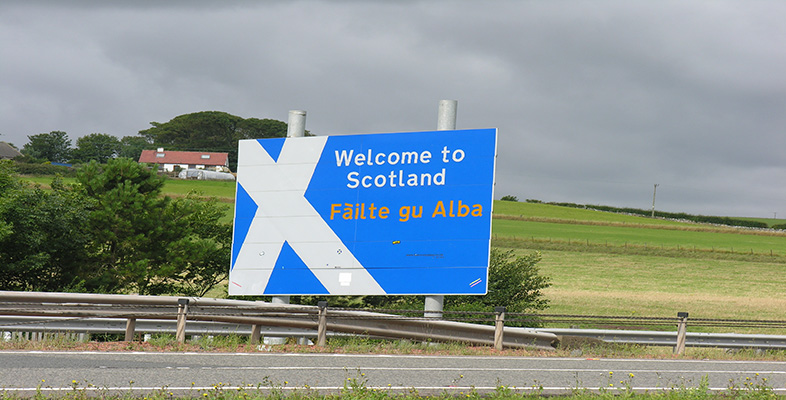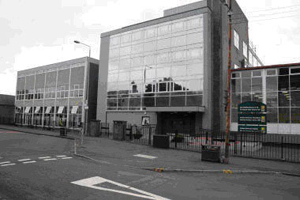5.5 Options for children
More and more people living in Scotland, whether or not they themselves are Gaelic speakers or Gaelic learners, are taking steps to ensure that their children have the opportunity to learn Gaelic. There are a number of reasons for this, but the most important are appreciation of the cultural significance of the language to Scotland and the perceived advantages to their children, academically and in terms of career prospects.
The options available to parents and young learners vary from area to area. The main ones are described here in general terms. To find out what is available (or could be made available) in your area, contact your local authority’s education service or visit the Bòrd na Gàidhlig website [Tip: hold Ctrl and click a link to open it in a new tab. (Hide tip)] . You will also find an FAQ on the same site.
Gaelic medium education
GME is a form of ‘immersion’ education, in which learners are taught through the target language (in this case Gaelic) at the same time as they are acquiring skills and knowledge across the curriculum.
Most children in GME have little or no Gaelic when they first enter the system (usually at around 0-3). They learn the language through using it, in combination with some direct teaching which mostly takes the form of games, songs and stories. In almost all cases, pupils in GME are able to communicate freely in Gaelic by the time they leave school.
Immersion is a method favoured by many minority language communities, with Welsh a notable example, but it is also used with majority languages: French immersion education is well-established and successful in Canada, for example.
GME is provided by local authorities in response to parental demand. Policies vary but usually authorities require evidence of a viable level of uptake that is sustainable for the foreseeable future. There may also be cost, staffing and accommodation issues which have to be resolved at local level. For information, contact your local education service, the Gaelic parental association Comann nam Pàrant or Bòrd na Gàidhlig.
Gaelic Learners in the Primary School (GLPS)
This is a national scheme which provides training for teachers (including language tuition) and teaching materials to enable them to teach some Gaelic to pupils, usually in the upper stages of primary school. Its aim is to inform the youngsters about Gaelic language and culture as part of multi-cultural education and, where that is an option, to prepare them to continue learning Gaelic in secondary school.
Gaelic classes in secondary school
Gaelic Learners classes usually start in S1 (or before) and cater for complete beginners. They offer a pathway to SQA National Qualifications in ‘Gaelic (Learners)’ and currently are on offer in schools throughout Scotland.
There are also ‘fluent speaker’ Gaelic classes in secondary schools in most areas where GME is provided in the primary school. These have their own National Qualification (NQ) exams, which are formally entitled ‘Gàidhlig’ and are broadly the equivalent of the NQ exams in English.
There is some Gaelic medium subject teaching at the secondary school level but provision is patchy.
Information on GLPS and on the teaching of Gaelic as a subject can be found on the Bòrd na Gàidhlig website.

